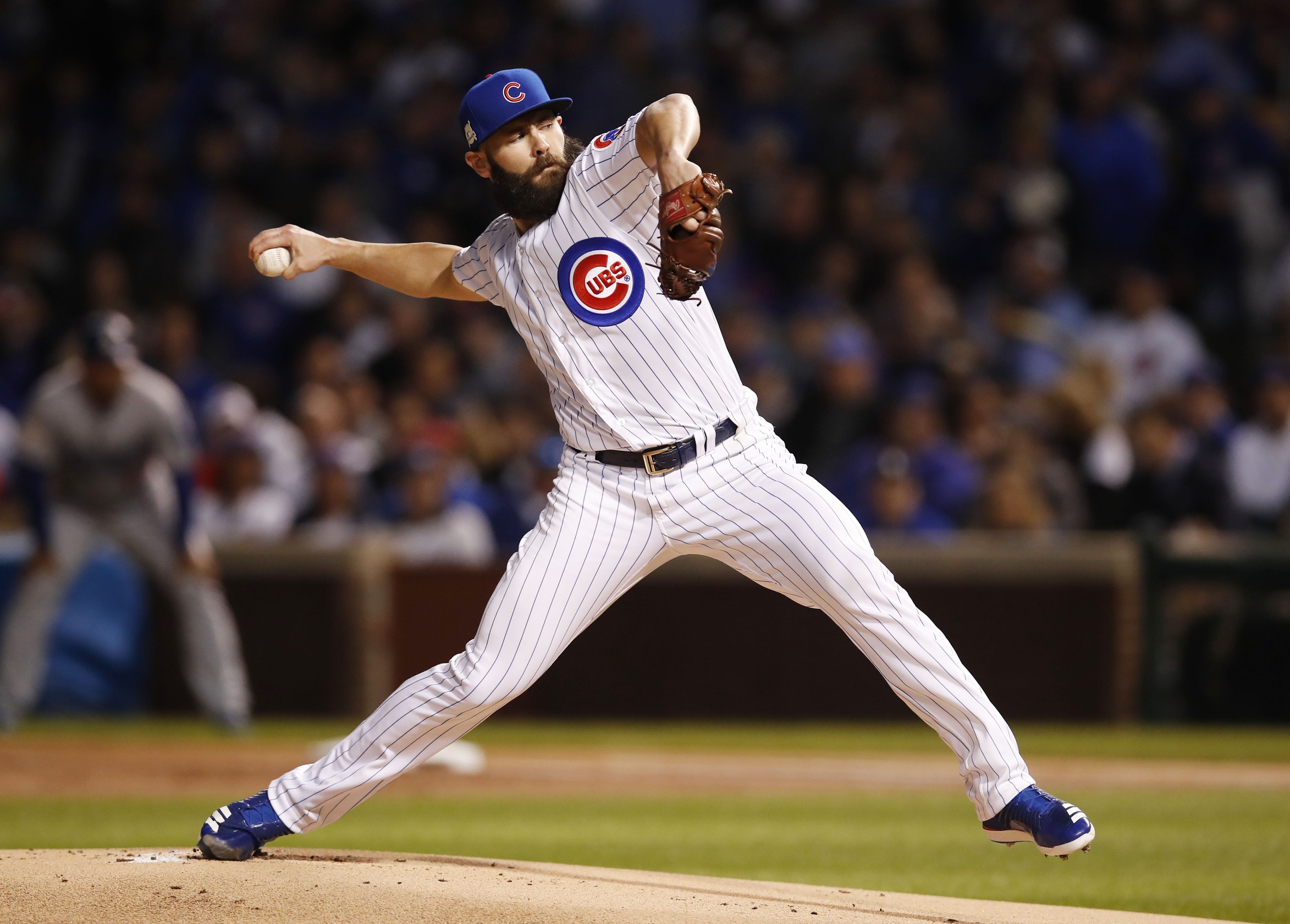The offseason has been slow across Major League Baseball, and it has been no different in Milwaukee. Other than the two-year, $15.5 million splash they made to sign free agent starter Jhoulys Chacin, Milwaukee has made only two other MLB acquisitions: Yovani Gallardo in a homecoming pity-signing to potentially play a swingman role, and LHP Boone Logan in an incentive-based relief deal.
According to Cot’s Contracts, the Milwaukee Brewers finished with the cheapest 40-man roster salary for the second straight year in 2017, with a meager $78.8 million spread across the roster. The team has all of $25 million committed beyond 2018, invested in only two contracts: Ryan Braun’s and Eric Thames’s. The Brewers have a team that was a surprise contender in 2017 with all of the major pieces coming back in 2018, aside from the injured Jimmy Nelson, and they could be getting an impact player if Lewis Brinson can take the next step. From 2008 through 2014, the Brewers ranked no worse than 18th in final 40-man year end salary. Mark Attanasio’s pocketbook has been able to take the strain in the past, and it should be able to take another big contract or two this year as well.
Thanks to the anti-competitive behavior (my fancy word for “collusion” that may not be technically against the rules) we’re seeing in the free agent market, there is some talent remaining unsigned, sitting there for the taking without requiring the Brewers to cash in any of their precious minor league assets. Of ESPN’s top 20 free agents this offseason, 13 remain unsigned. Of particular interest to the Brewers are the pitchers; Jake Arrieta or Alex Cobb would be major upgrades over the likes of Junior Guerra or Brent Suter in Milwaukee’s rotation.
The current market suggests there might be bargains, too. Not a single player has received a deal longer than three years or pricier than $60 million. Addison Reed signed this past week with the Twins for just $17 million over two years, well below what many expected for a reliever entering the market as one of the better closer candidates available. Not only is the market looking shockingly cool, but as spring training approaches, players will want to avoid becoming the Kyle Lohse of 2013, who went unsigned deep into March and wound up making about 60 percent of even the lowest estimates of what he could earn.
This is where the Brewers need to pounce. Anti-competitive behavior like this could wind up helping teams with smaller budgets. A reduction of super-long free agent deals worth nine figures has almost no impact on the way the Brewers assemble their squad. The Brewers were never going to make those deals anyway, and their biggest contracts will almost always be handed out to homegrown superstars. Milwaukee’s free agent splashes have generally come on players entering the decline phases of their career. But if free agent prices come down across the board, the Brewers should be able to be active players for more and more players, players who would otherwise receive prohibitively expensive offers from large-market clubs for the Brewers to even consider them as a target.
Consider the New York Yankees of the 1980s. Steinbrenner pulled the Yankees up from years of mediocrity by investing heavily in free agents. His club won four pennants in six years from 1976 through 1981, not coincidentally the first few years of free agency. But in 1982, they dipped to fifth place, and the Yankees wouldn’t reach the postseason again until 1995, the first season after the strike.
In his autobiography A Whole New Ball Game, Marvin Miller discussed how Steinbrenner’s willingness to play into his fellow owners’ collusion scheme was an act of cutting off the nose to spite the face:
“Steinbrenner’s unwillingness or inability to recognize opposition to him first became apparent to me with the beginning of the owners’ collusion in 1985. Although he was the first to utilize free agents, and the most successful in building winning teams, he became a coconspirator by depriving his club of the opportunity to sign free agents. I was astonished at the time because it was so obvious that he was the principle target (along with the players) of the owners’ planned collusion, but apparently this thought had not occurred to him. Ted Turner, Gene Autry, and a few others were also targets, but George was the owner they most wanted to curb. Yet he seemed incapable of understanding that a club like the Yankees — one with no success (or talent) in building a team through effective trading, and without a record of effective player recruitment and development in the minors for some time — would certainly fall out of contention if it could not sign free agents. But he agreed and joined with his ‘brother’ owners in a scheme aimed at himself.”
I don’t know if there is active collusion going on in today’s MLB, but there’s no doubt that large market teams are currently choosing not to leverage their financial muscle, their single greatest team-building asset. If the Brewers can, they need to capitalize on this opening. It’s hard to imagine another time when their money can do more, especially when you consider just how close this Brewers team came to the postseason in 2017.
The Yankees could have been a dynasty throughout the 1980s, but Steinbrenner’s inability to get over the idea that free agents were taking him for a ride cost him a decade’s worth of winning. If teams like the Yankees, Dodgers, and Cubs want to make that same mistake here in 2018, let them. Let them wring their hands about long-term deals and the luxury tax like suckers. If the Brewers want to shock the baseball world and make it back to the postseason, they need to take advantage of this opening and strike now.
Photo Credit: Jim Young, USA Today Sports Images
